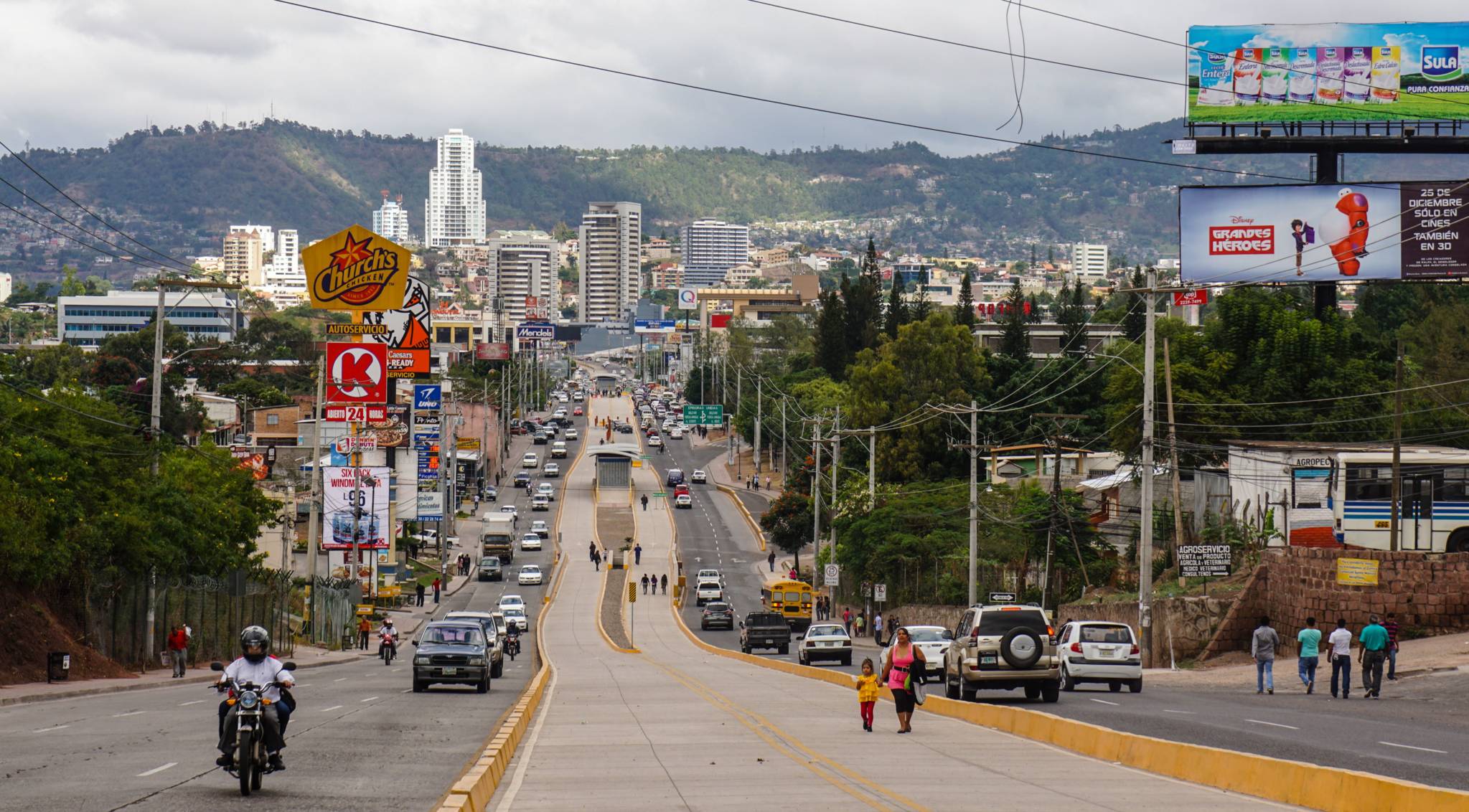mistressesanonymous.com – Honduras, a Central American country known for its rich biodiversity and cultural heritage, has long faced challenges in developing and maintaining its infrastructure. The country’s rugged terrain, economic constraints, and social issues have historically hindered the progress of its infrastructure projects. However, recent years have seen a concerted effort to improve the accessibility and quality of infrastructure across the nation, aiming to boost economic growth and enhance the quality of life for its citizens.
Transportation Infrastructure
Roads and Highways
The backbone of Honduras’ transportation network is its road system, which has undergone significant improvements in recent years. The government has invested in the rehabilitation and expansion of major highways, such as the CA-5, which connects the capital, Tegucigalpa, with the northern coast. These upgrades have improved connectivity between major population centers and economic hubs, reducing travel times and facilitating the movement of goods and services.
Ports and Airports
Honduras’ accessibility to the Caribbean and Pacific Oceans has been a boon for its maritime infrastructure. Ports like Puerto Cortés on the Caribbean coast have been modernized to handle larger ships and increase cargo capacity, making Honduras a more attractive destination for international trade. Similarly, airports like Toncontín International Airport in Tegucigalpa have seen improvements to enhance safety and efficiency, although the country still faces the challenge of expanding its air transportation network to meet growing demand.
Energy Infrastructure
Electricity Grid
Access to reliable electricity is a critical component of infrastructure development. Honduras has made strides in expanding its electricity grid to rural areas, reducing the number of people living without access to power. The government has also diversified the energy mix, investing in renewable energy sources such as hydroelectric, solar, and wind power, to reduce dependence on fossil fuels and mitigate the environmental impact of energy production.
Renewable Energy Initiatives
The push for renewable energy has been a cornerstone of Honduras’ energy infrastructure development. Projects like the Agua Zarca hydroelectric dam have been controversial but underscore the country’s commitment to sustainable energy solutions. These initiatives not only aim to provide cleaner energy but also to create jobs and stimulate economic activity in underdeveloped regions.
Telecommunications Infrastructure
Broadband and Mobile Networks
The expansion of telecommunications infrastructure has been a priority for the Honduran government, recognizing the importance of connectivity in the modern economy. Efforts to improve broadband and mobile networks have led to increased internet penetration rates, although significant disparities remain between urban and rural areas. The government and private sector have partnered to deploy more cell towers and fiber-optic cables, aiming to bridge this digital divide.
Digital Inclusion Programs
To ensure that the benefits of improved telecommunications reach all segments of society, the government has launched digital inclusion programs. These initiatives focus on providing internet access and digital literacy training in underserved communities, helping to empower citizens with the skills needed to participate in the digital economy.
Conclusion
The development and accessibility of infrastructure in Honduras are crucial for the country’s economic growth and social progress. While significant challenges remain, the strides made in recent years in transportation, energy, and telecommunications are laying the groundwork for a more connected and prosperous nation. As Honduras continues to invest in its infrastructure, it will be essential to balance economic development with environmental sustainability and social equity, ensuring that the benefits of these improvements are shared by all Hondurans.

